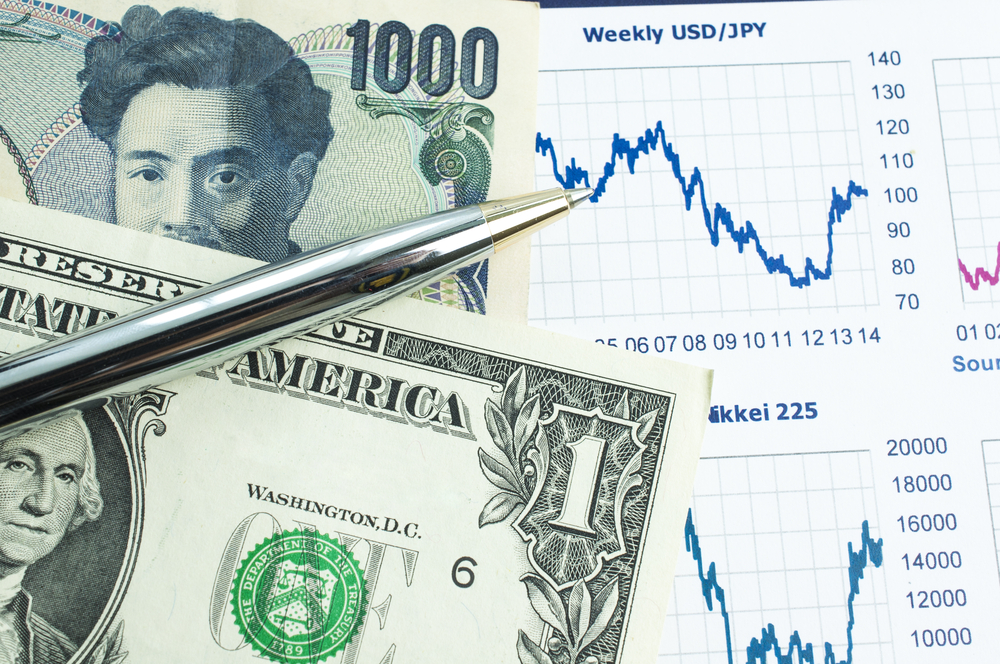
The US dollar managed to surge back ahead on Monday and into Tuesday after a few days of problems.
The currency, which had previously seen day after day of losses for the equivalent of one trading week, managed to rise 0.3% in its index.
The index is an artificial tool designed to demonstrate how the dollar is performing compared to a number of other currencies from around the world.
On Monday, the rise pushed it to 97.547.
The greenback also rose by 0.4% against the safe haven Japanese yen, reaching 108.61 at one stage.
In its pair with the Swiss franc, the dollar climbed up by a fifth of a percentage point to reach 0.9879.
A number of factors combined to bring the currency back up to this level.
One was the decision of the Federal Reserve last week to indicate that it may well reduce the amount of rate cutting it pursues in the coming months.
Things also managed to look positive on the economic data last week too.
Non-farm payroll data, which hit the headlines as markets prepared to close on Friday of last week, was positive.
The long-awaited US-China trade deal, meanwhile, appeared to be back on the cards on Tuesday.
According to the US Commerce Secretary, Wilbur Ross, US technology companies will soon be able to sell items to Chinese firm Huawei.
In remarks to journalists from Bloomberg, Ross said the relevant licenses “will be forthcoming very shortly”.
Huawei, which manufactures items for telecommunications purposes, has been on a blacklist in the US since May.
The US government claimed to be concerned that the firm was a threat to its national security.
In further positive news for free trade, there was also an indication from Ross that import taxes would not be placed on cars brought in from abroad – at least from some markets.
Ross said this potential plan came off the back of talks held with car manufacturers in various parts of the world, including the EU and Japan.
Elsewhere, the single European currency was suffering on Tuesday.
It went in the opposite direction to the dollar index in is pair with the US dollar, this time going down by 0.3% and reaching $1.1127.
There was no mention of monetary policy in the first official speech from Christine Lagarde on Monday.
The offshore Chinese yuan was a big winner over the course of the day.
This came in part due to the overall positivity of the US’ remarks.
Wilbur Ross’ remarks were not the only ones which fuelled the rise of the offshore yuan, which is distinct from China’s centrally-controlled onshore yuan and which is traded on the open market.
It also came off the back of news on Friday that an overall trade deal could be close to being reached.
The so-called Phase 1 deal is likely to be signed in November, officials said.
 Between 74-89% of CFD traders lose
Between 74-89% of CFD traders lose  Your capital is at risk
Your capital is at risk  Your capital is at risk
Your capital is at risk  Your capital is at risk
Your capital is at risk